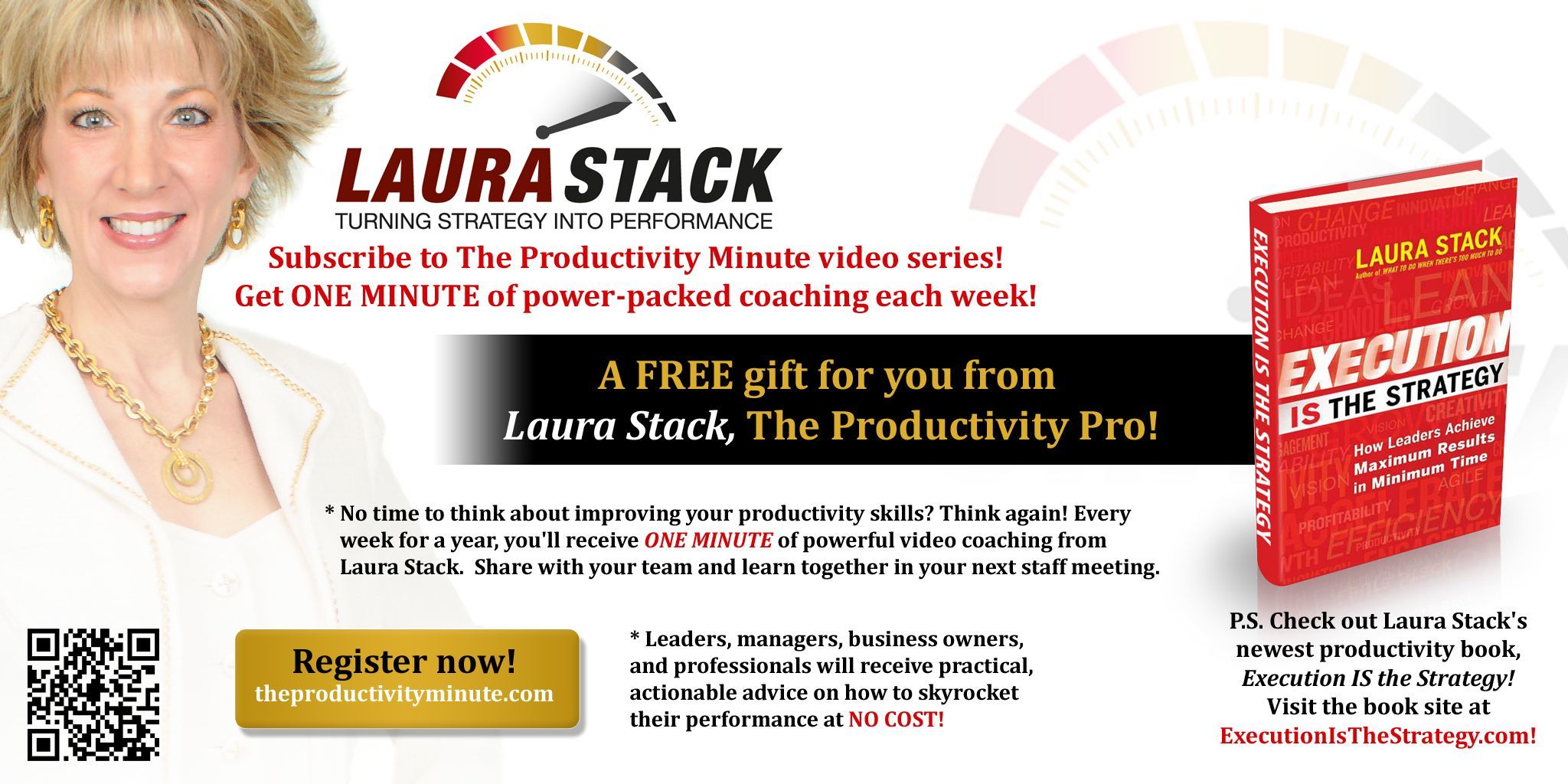How to escape a productivity rut
No matter how good your intentions or how well you follow the rules, you may look up someday and realize you’ve worn your way down into a productivity rut. When this happens, you end up just scraping by most of the time, making do with “just good enough” efforts rather than wowing your superiors with your verve and energy. In other words, you are simply going through the motions without contributing much to the bottom line.
It doesn’t matter if your poor performance stems from boredom, overwork, or a lack of interest in leading your team properly. Whatever the cause, when you do the minimum expected, you’ll get minimum rewards at best. In the modern business world, that’s not enough. How do you get yourself in gear and start towing yourself out of that ditch?
Up and out
Like just about everything else, climbing out of a workplace productivity rut requires careful planning, combined with serious action. So, what “winch” can you use to pull yourself up and out? Well, what motivated you to get this far in the first place? Try re-examining your personal goals, realigning them with the organization’s goals, then reconnecting with your muse. If you can trip the right motivational triggers, you may bounce right up onto level ground. If that doesn’t work, look at what other successful people have done and try something new. Get some new training, experiment with new methods, brush up on your skills, or all of the above.
Purposeful action solves just about any productivity jam-up or slow-down. Will you stumble along the way? Probably, but don’t let that stop you. Keep moving forward. Just because something may go wrong doesn’t mean you shouldn’t try. When life knocks you down, bounce back up like a Weeble (remember those?), fix what went wrong, and try again.
Starting small
Have you ever seen a rocket lift off? All it takes to ignite those massive engines is one little spark. The same goes for reigniting your productivity engines. Start small if you must, with a minor but important task — say, paperwork or a minor workflow repair. You may find it easier to tackle a larger task once you’ve beaten something small.
Setting a brief interval to work on a task—just 10 or 15 minutes, for example — may also boost your momentum, so when the time has passed, you’ll find it easy to continue. If not, you’ll at least have achieved something worthwhile you can build on later.
The “P” traps
Beware of perfectionism and procrastination. At first glance they seem unrelated, but in reality, they represent opposite sides of the same compulsion coin. Perfectionism drives you to worry excessively about getting everything perfect; with procrastination, you don’t worry enough.
Should you find yourself obsessing over a project’s details, stop and reconsider your approach. Otherwise you may never get anything done; worse, if you keep winding yourself tight, you’ll eventually break. Calm down and get moving, taking care of details as they arise and doing the best you can with the resources at hand.
If you find yourself dragging your heels, ask yourself why. Forget excuses like not having enough to do later, or waiting for others to catch up. You need to do what’s best for you and the project now. If the project seems overwhelming, break it into pieces you can manage one at a time—and start clearing the rubble.
If you’re lollygagging because a task doesn’t really belong on your plate, then why is it there? Point that out to your manager; they may agree, or may explain why you need to handle it. If it turns out to be a legacy task they didn’t assign in the first place, stop doing it and see if anyone screams. You may be free of it forever.
When dealing with the “P” traps, search for the balance point between worrying too much about the task and worrying too little. The fact that this balance varies from one task to another will help keep you on your toes—and help you say “so long” to your productivity rut.
Environmental considerations
Sometimes your workplace can lull you into a state of complacency or poor productivity, or otherwise distract you from doing your work properly. If you’ve been sabotaging your productivity this way, then as with the “P” traps, seek the environmental balance that’s right for you.
Do you feel warm or cool enough? What about ergonomics? Is your chair set at the right height for your desk, and close enough to your computer? Is everything within easy reach? Does the brightness level of the computer screen suit you? Have poor typing practices got you on the verge of carpal tunnel syndrome? How much do external movement and noise distract you?
You can take steps to limit or eliminate all these problems—and must, or you’ll never get out of your rut. So give some serious thought to your workplace environment, find practices that stimulate your productivity, and put them into play wherever you can.
Maintaining your most important productivity tool
How do you feel? If you’ve gotten used to feeling blah, your “health rut” may have given rise, at least partly, to your productivity rut. When your body lacks the energy to achieve, you end up spinning your wheels — no matter how much your mind wants to succeed. You can’t do better, so subconsciously, you’ve accepted “good enough” as good enough.
Stop thinking that way and do what you must to recharge your internal batteries! First of all, get your nightly sleep requirement, whether that’s seven hours or ten. Stop reading, watching TV and working in bed; use your bed only for sleeping. Don’t drink caffeinated drinks in the last hours before bedtime, and don’t eat too much either. If insomnia plagues you, consult a doctor to see if you suffer from a sleep disorder — and never skimp on sleep just so you can get more work done. You’ll ultimately accomplish less.
You can boost your energy by eating well, with smaller portions and fewer indulgences. You may begin sleeping better as a result. Look for balance in everything, from basic food categories (carbs, fats, and proteins) to vitamins. If you don’t have time for a traditional workout, engage in “subversive exercise.” As you talk on the phone, for example, walk around your office or do a few leg lunges. Move more by using the copy machine upstairs or by picking a bathroom on another floor. It’s not much, but every little bit helps you dig out.
The bottom line
If you feel you’ve been running too long in the same groove, take a close look at your performance. Does it match your expectations? More importantly, does it match your boss’s expectations? Or have you been treating “good enough” as good enough for too long? If you’ve been spinning your wheels so long the walls of your rut seem to climbing higher and higher, get serious, dig in, and get out while you can.
Check out The Productivity Minute video series with Laura Stack.

Photo: Flickr / Frodrig CC BY-NC-ND 2.0

